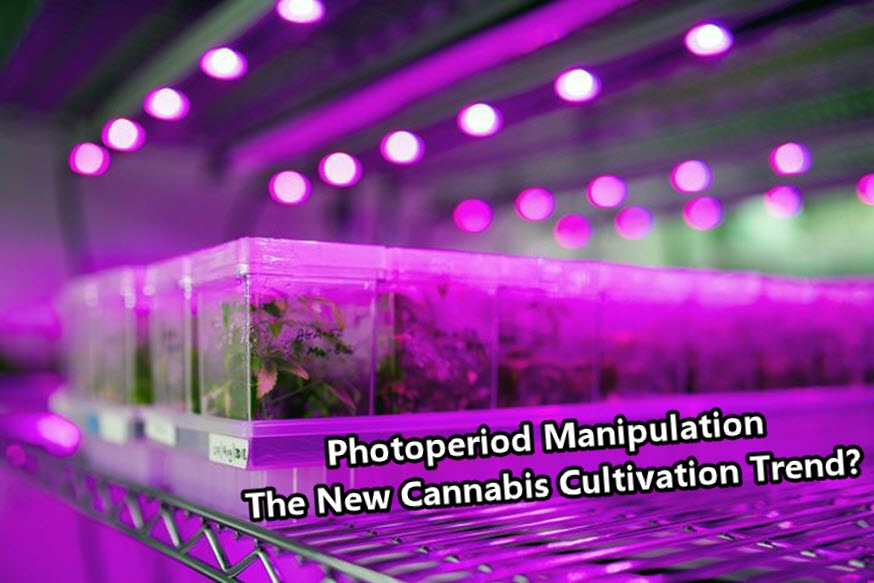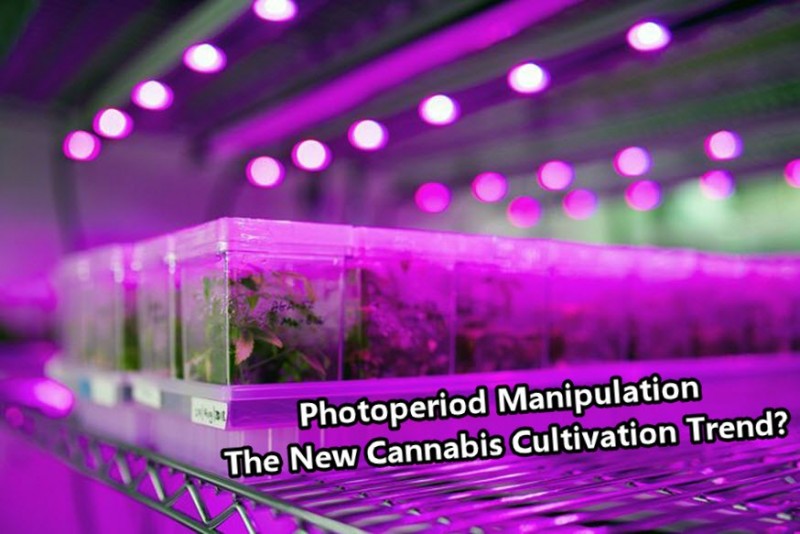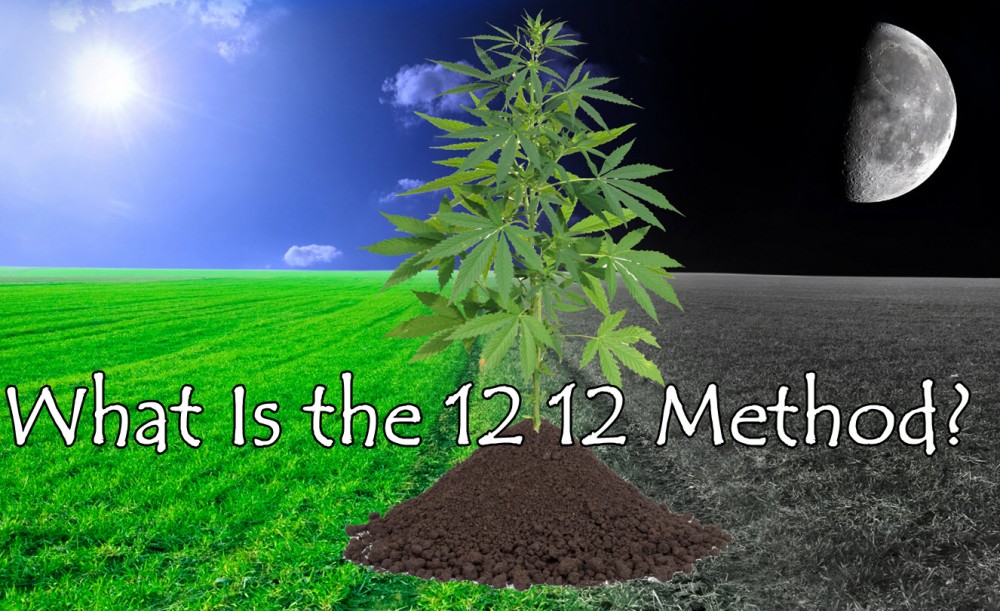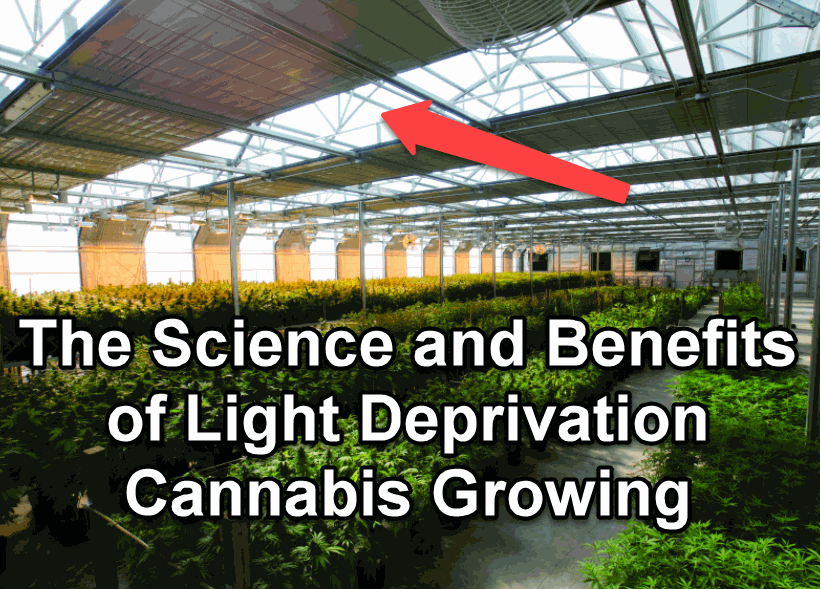Photoperiod Manipulation: The canna cultivation technique of 2020?

Cannabis like everything is affected by nature in the form of seasonal changes that dictate the light cycles at each point in time. These seasonal changes could be in the form of lengthening or shortening of days as some days have more light than others, this is usually as a result of the circuit of the earth around the sun. The lengthening and reduction of light in each season prompts the cannabis plant to either flower or not as it is a light-sensitive plant.
Light sensitive plants are called photoperiodic plants, they have photoreceptor cells that detect and allow them to respond to changes in light quality and duration. The photoreceptors also help the plant in generating the special proteins which work in sync with the plant's circadian rhythm to alert the plant when it is time to start flowering. There are several phototropic plants and they can be classified into two types: the long day and short-day plants, which are named so because of when they flower. This means that the long day plants flower when days are longer while the latter flower when days are shorter. Cannabis falls into the short-day plant category as they require 12 hours of darkness to flower for most of them except for the auto-flowering strains.
Studies have shown that rather than the amount of daylight, it is the amount of darkness the plant gets that determines when it will flower and this accounts for the reason why any disruption during the dark hours could result in stress for the plant which can affect its flowering.
Photoperiod Manipulation for Indoor Growth
The natural seasonal changes work well for cannabis grown outdoors but those grown indoors have to be carefully influenced to achieve the same results in terms of the plant health and yield. This is where photoperiod manipulation comes in as growers have to artificially generate the light cycle for the plants with the aid of special lights and timers.
These special lights called grow lights are made to look like the natural type of lighting that would have been available outdoors, this is reflected in the intensity and wavelength of the lights. However, it is not just enough to have the grow lights for the plants to flower, it is also essential to time the lighting periods to trigger the photoreceptors for the plants to flower and this can be monitored with the use of timers. It is recommended that vegetative plants should have at least some hours of darkness within the 24 hour period which is why many growers adopted the 18-hour lighting cycle to ensure this.
For the change to be effectively made from the vegetative to the flowering stage, the lighting has to first change from 18 to 12 hours meaning that the plant will have 12 hours of darkness and 12 hours of light equally. This can be done by connecting a timer to the light and power switches such that it can automatically turn on and off at the required times of the day without chances for human error. This is important because any disruption within the light and dark hours could lead to stress on your cannabis plants. Although it is still not widely acknowledged, grow light manufacturers are beginning to address the means of a shift in lighting from light to dark so it can be gradual like the natural process instead of sudden like grow lights are designed. These manufacturers understand the need for the process to be as natural as possible which is why they are creating special lights that come on and off slowly just like the rising and setting of the sun.
Photoperiod Manipulation for Higher Yields
Apart from the natural need for photoperiod manipulation in indoor plants, many cannabis growers are beginning to find ways to utilize this method to get higher yields. These manipulation methods are results of experiments carried out on the plants by adjusting the light cycles of the plant.
A popular one is a method that involves 21 hours, 36 minutes day length with a 12-hour dark period, carried out with the aid of a 24-hour digital timer. This switch is done after about 10 weeks and leads to an almost 80% increase in lighting with a commensurate 40% increase in the flowering period. It is carried out at select times over 2 weeks while still maintaining the existing air, grow space and nutrient conditions, increasing the plant's metabolism.
It is important to know that photoperiod manipulation is mainly carried out to control the light cycle for indoor growing. Via photoperiod manipulation canna growers are able to manage the light cycles for their plant in such a way that the overall yield gotten on harvest is improved greatly.
DARK AND LIGHT GROWING FOR PLANTS, READ MORE...
MOON GARDENING YOUR CANNABIS PLANTS?
OR..
12/12 CANNABIS CULTIVATION, WHAT IS IT?








